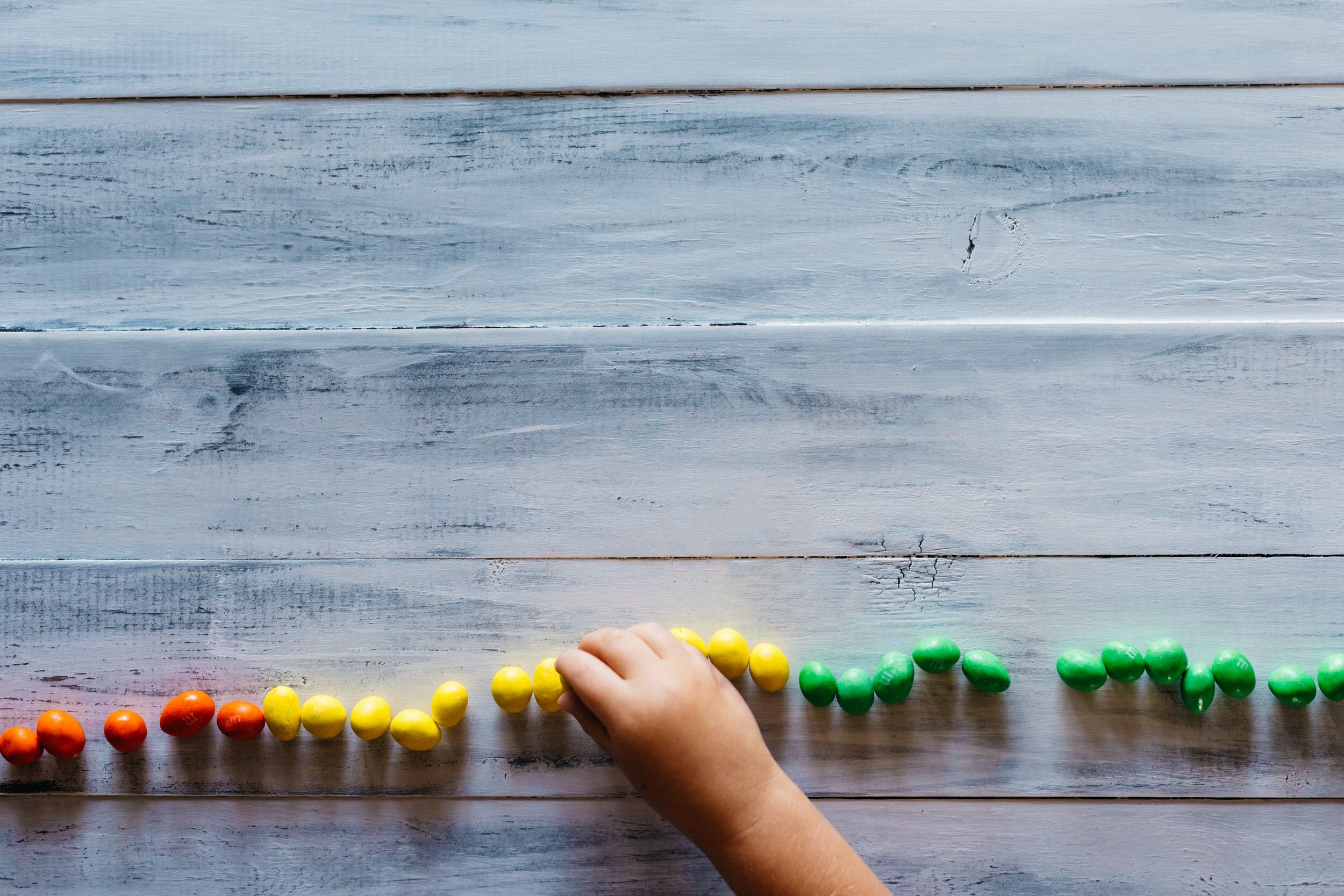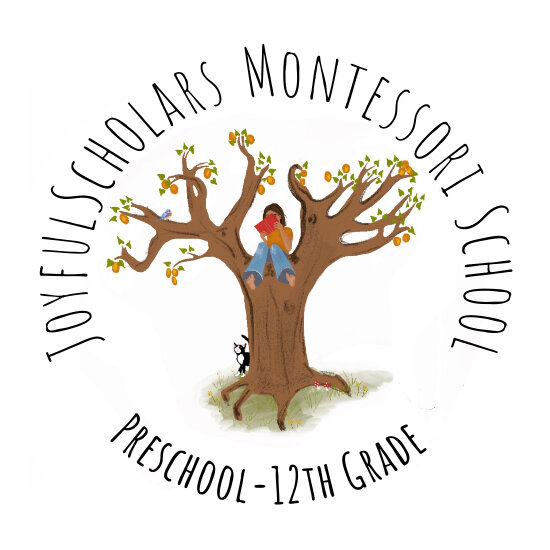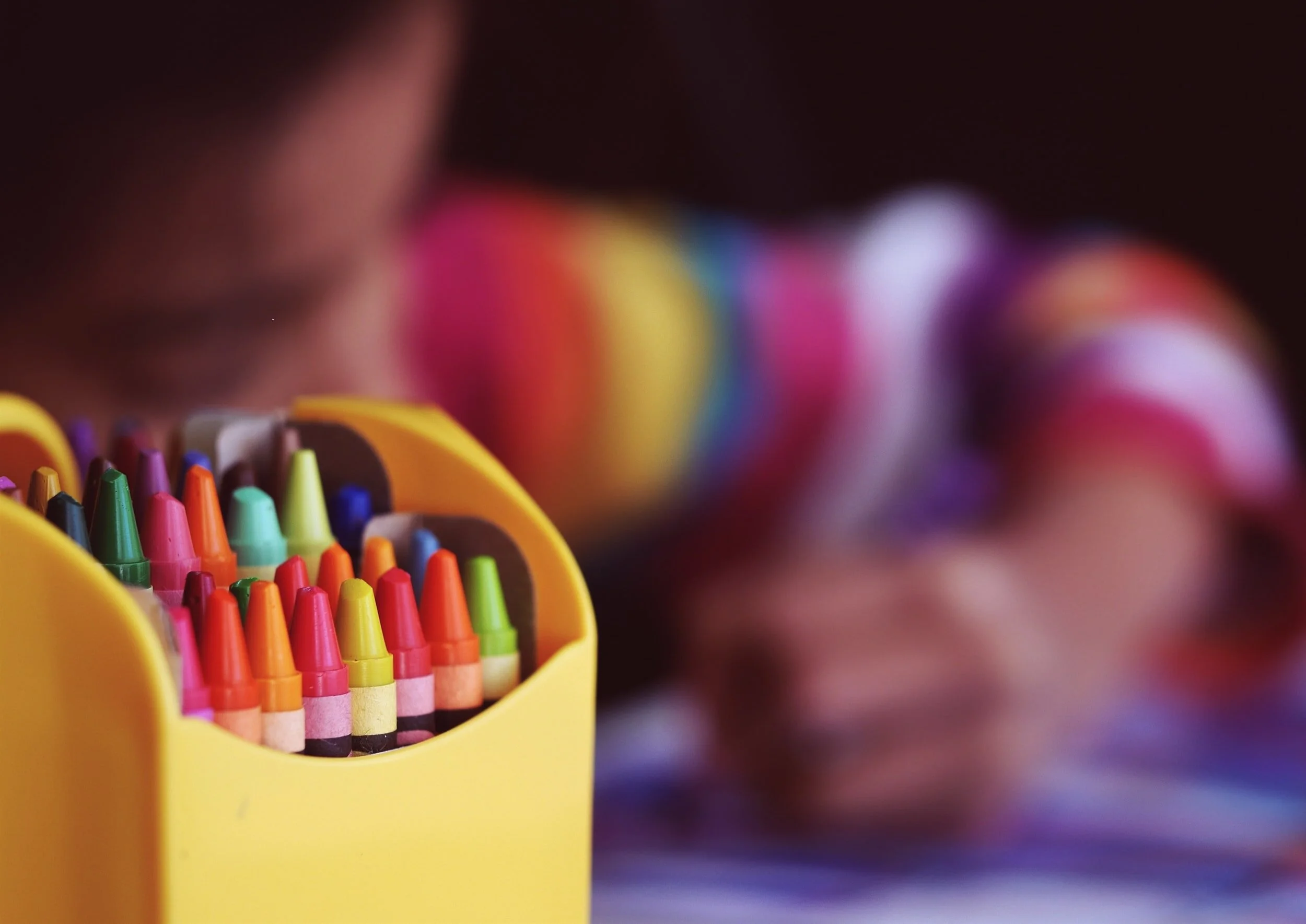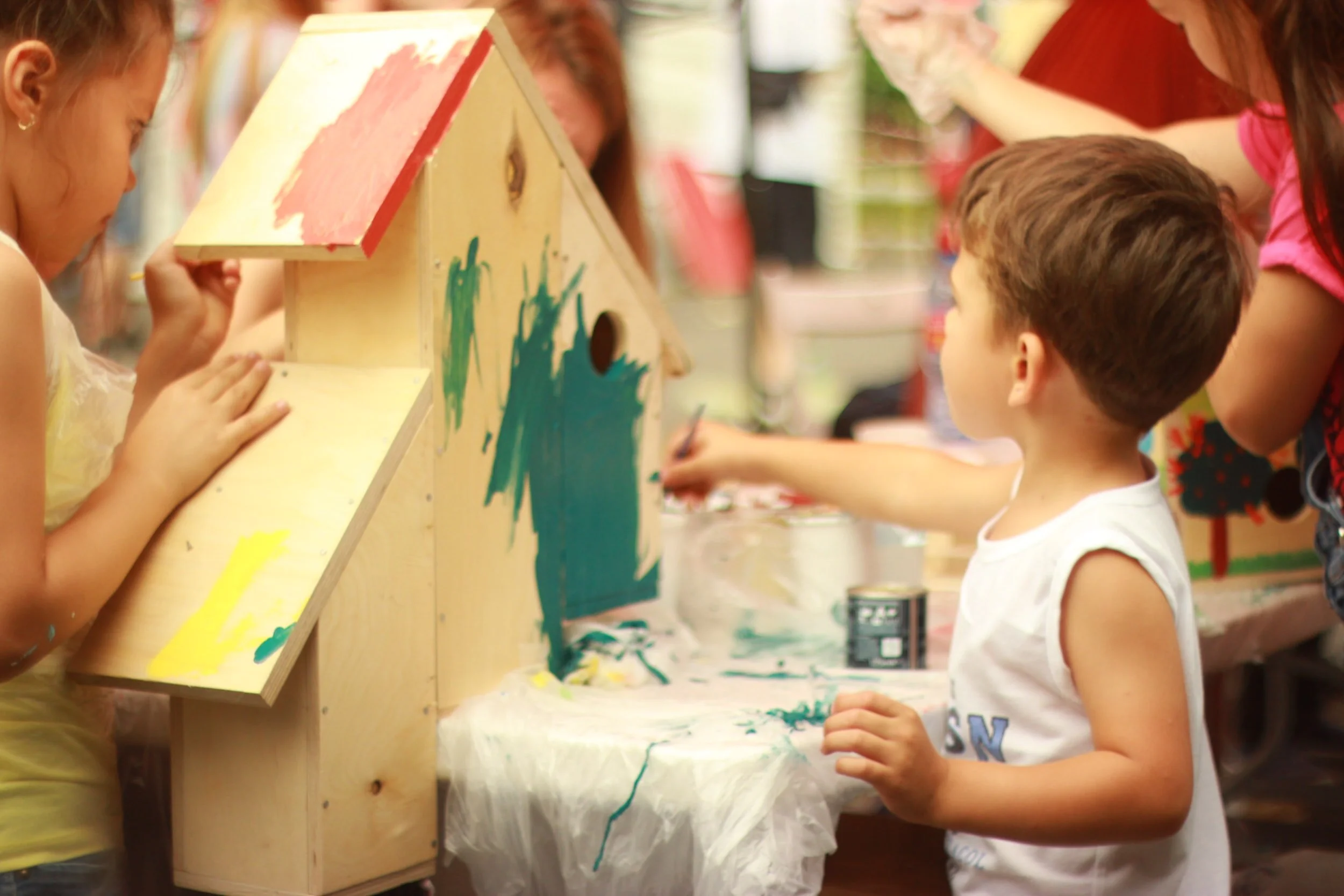
Primary Program
“The things he sees are not just remembered; they form a part of his soul.” - Dr. Maria Montessori
The primary class serves the age groups preschool-kindergarten. This translates typically into the ages of 3 to 6 years old. In the primary class we refer to the activities as work because the children are doing important work following their inner compas to fulfill their basic human needs and sensitive periods for learning. Their work feels like play and is enjoyable to them as they choose from carefully curated materials in the classroom to help develop important life skills.
3-Hour Work Period
Uninterrupted blocks of work time (typically 3 hours in length) allow children to work at their own pace and fully immerse themselves in an activity without interruption. Your child’s work cycle involves selecting an activity, performing it for as long it remains interesting, cleaning up the activity and retuning it to the shelf, and making another work choice. This cycle respects individual variations in the learning process, facilitates the development of coordination, concentration, independence, and a sense of order, while facilitating your child’s assimilation of information.
Self-Directed Learning
Rigorously trained teachers carefully observe their children in the Early Childhood environment, identifying their interests and abilities and developing personalized learning plans tailored to each child’s needs. They guide the learning, introducing new lessons and levels of difficulty as appropriate. The teacher offers the encouragement, time, and tools needed to allow children’s natural curiosities to drive learning, and provides choices that help them learn, grow, and succeed.
Prepared Environment
Montessori materials are not only beautiful and inviting, but ingenious. They teach only 1 skill at a time to allow the child to work independently and master the intended concept. The materials are also “self-correcting.” This means the child is able to identify if they have done an activity accurately and try again without intervention from a teacher. Working with self-correcting materials helps children develop confidence and self-sufficiency and promotes critical thinking. In a sense, they become their own teachers—a skill that will last for life.



